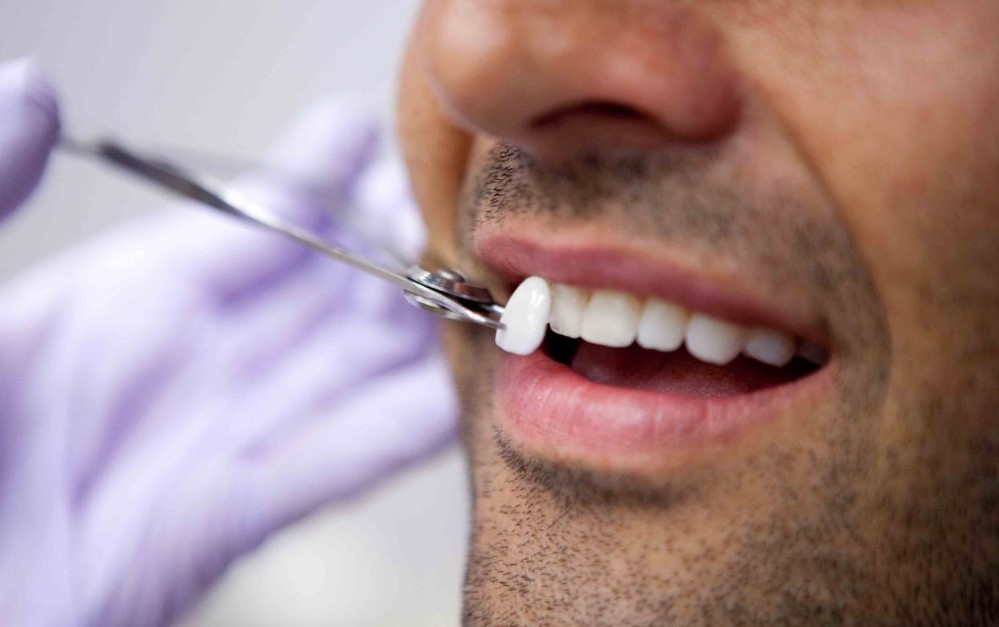Doctors play a vital role in the delivery of health services. They interact with the patient to examine and collect information that assists in diagnosis. In the US, physicians are mainly classified as medical doctors (M.D) and doctors of osteopathic medicine (D.O). They both treat patients, although D. O’s are mainly involved with preventive medicines and holistic care.
Being able to help other people and perhaps saving their lives provides immeasurable rewards. The education of becoming a doctor may be both extensive and expensive. Additionally, the field is associated with irregular schedules since the doctor can be called on duty any time in case of an emergency. Sometimes, the job can be overwhelming, and therefore, emotional stability is required. However, the financial potential is impressive especially those in private practice. Below are some of the steps you need to take to become a doctor.
Earn A Bachelor’s Degree
The first step to becoming a doctor is earning a bachelor’s degree. Medical schools require applicants to have an extensive foundation in natural sciences and experience of the healthcare sector. You have to complete undergraduate coursework in either biology, physics, chemistry or mathematics. Also, it is advisable for students to volunteer in hospitals, clinics, and other medical environments to gain experience.
Pass the MCAT
The second step is the Medical College Admissions Tests (MCAT) which is a requirement in all medical schools. The test examines content in basic biology, general, and organic chemistry and physics. In addition, it is also meant to test for writing skills, verbal reasoning and problem-solving. Medical schools only accept students that pass the test – that’s why it’s crucial to practice taking the MCAT before you take the actual exam.
Earn A Medical Degree
In most cases, medical degree programs last for four years. The first two years are dedicated to class and laboratory works. In the last two years, students get direct interaction with the patient, although under the supervision of experienced doctors. The clinical experience provides students with different options of residency they may wish to pursue. Some of the topics covered in medical school include pathology, anatomy, pharmacology, and biochemistry. Students are also taught legal issues related to the field of medicine.
Residency Program
After graduating from medical school, students are required to join a residency program that lasts from three to seven years. The programs provide the aspiring doctors with the opportunity to interact with patients on a high level than in medical schools. Resident students may be involved in areas such as pediatrics, internal medicine, etc. They are assigned various responsibilities such as performing physical examinations, a compilation of patient’s information, among others.
Licensure
Licensure is required by all the states before starting the practice of medicine. Requirements for qualification of licensure include graduation from accredited medical school and completion of residency programs. In addition, you should pass the three-step US Medical Licensing Examination (USMLE) for M.Ds’ and Comprehensive Osteopathic Medical Licensing Examination (COMLEX) for D.Os’. Information about licensing requirements can be obtained from the specific state’s medical board. In all states, licenses last for a certain period of time. When renewing the licenses, doctors are required to undergo a fifty-hours education and renewal examination.
Advanced Certification
Although certification is not a requirement of becoming a doctor, it increases employment opportunities. Certification proves an individual is qualified in a specific area of medicine. The American Board of Medical Specialties (ABMS) provides doctors with accreditation after a thorough evaluation and assessment.











